How to effectively onboard your organization to Codacy

Using a static code analysis tool like Codacy will change how your team deals with code reviews and PR, tracks technical debt and code coverage, and manages the overall quality of your code.
If you’re new to Codacy, you might be wondering how to properly onboard your teams. On the other hand, if one of your teams is already using Codacy, you might want to know how to properly scale the tool to the rest of your organization.
Let’s see how some of our customers got started with Codacy.
Select a specific team
Usually, the request to use an automated code review tool such as Codacy comes from a specific development team. If that’s your case, that’s a great starting point.
It’s super easy to add Codacy to a team of any size. With our 1-click integration with GitHub, GitLab, and Bitbucket, you can quickly add your team’s repositories in no time. The only thing you need to do is to add all contributors to your org so they can enjoy automated code reviews on all their commits and PRs. From this moment on, Codacy will be able to provide reports on code quality and send feedback directly in Git.
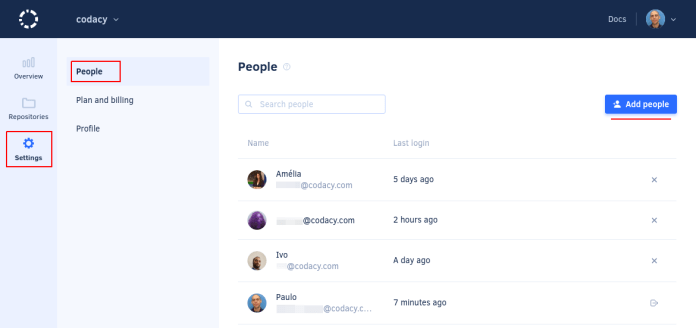
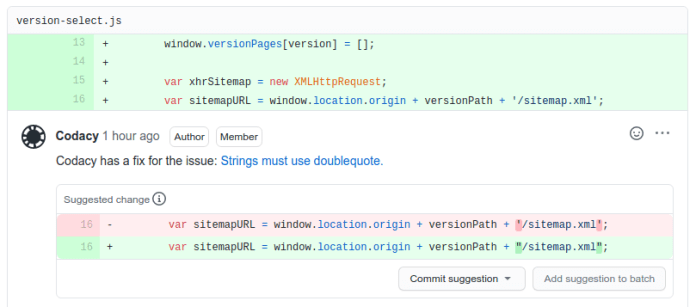
If the request to use Codacy does not come from a specific team, ask yourself: where is the fire right now? It might be a specific project where your devs are constantly struggling, or a new feature you want to implement that depends on legacy code. After some time, this initial team will spend less time fighting fires and more time building cool things that add value to your customers.
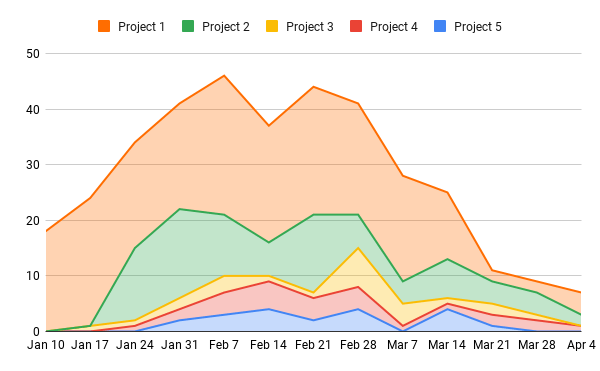
Select the next team
We noticed that it’s common for developers to ask their manager to add them to Codacy. Devs talk with each other, and other teams may now see the benefits of using an automated code review tool in their workflow.
Having clear prioritizations of projects will help you drive decisions and properly allocate resources. We’ve seen that it’s helpful to deal with your codebase gradually, piece by piece, and have milestones. A step-by-step approach, where teams are onboarded based on your roadmap and prioritization, is the process we recommend you to follow.
On Codacy, you’ll be able to see a timeline for your overall code quality level. You can use the timeline as a milestone and ruler. For instance, onboard the next team only when the overall organization code quality reaches A. This means that your current team working with Codacy is now fully onboarded and comfortable using Codacy to analyze their commits and PRs, hence the code quality grade A.
From that moment on, you’ll be able to onboard a new team to Codacy and get them introduced to the efficient world of automated code reviews.
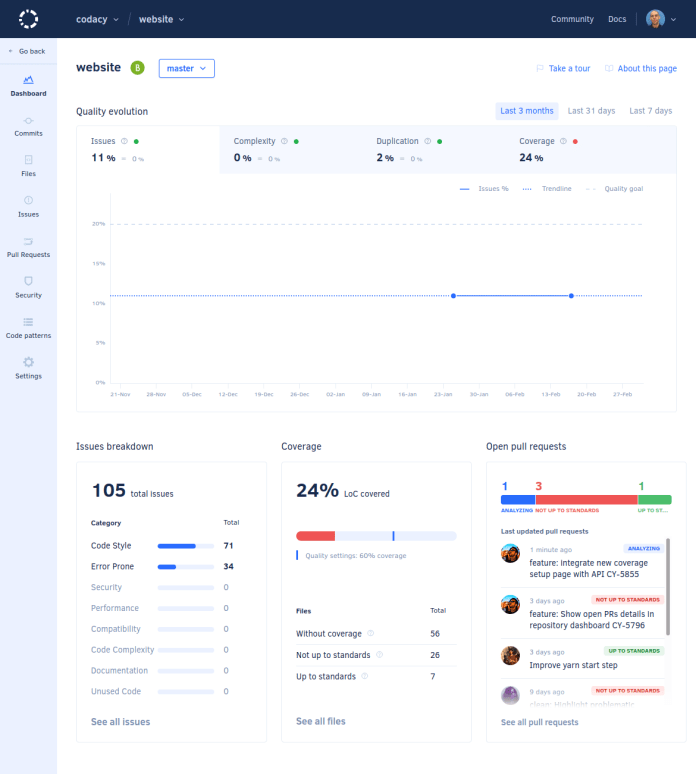
Scale to the entire organization
This final step may take longer or less time, depending on the size of your organization. You might need to iterate the second step several times until you add your entire organization to Codacy.
However, in the end, having a tool that can define coding standards and apply them across projects means that you can have also company-wide quality and code rules. Our customers get excited when they understand that Codacy allows them to set code quality standards at the organization level so all their projects run the same tools and rules. This can be done with 1 simple click.
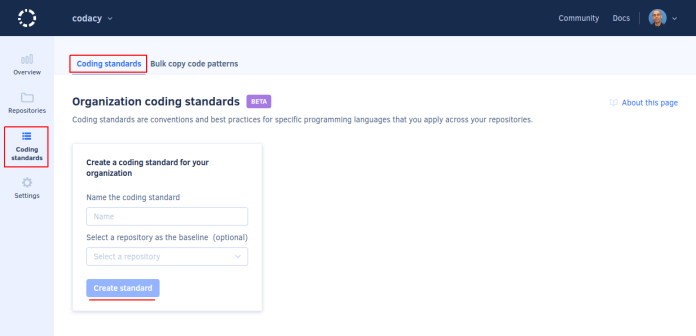
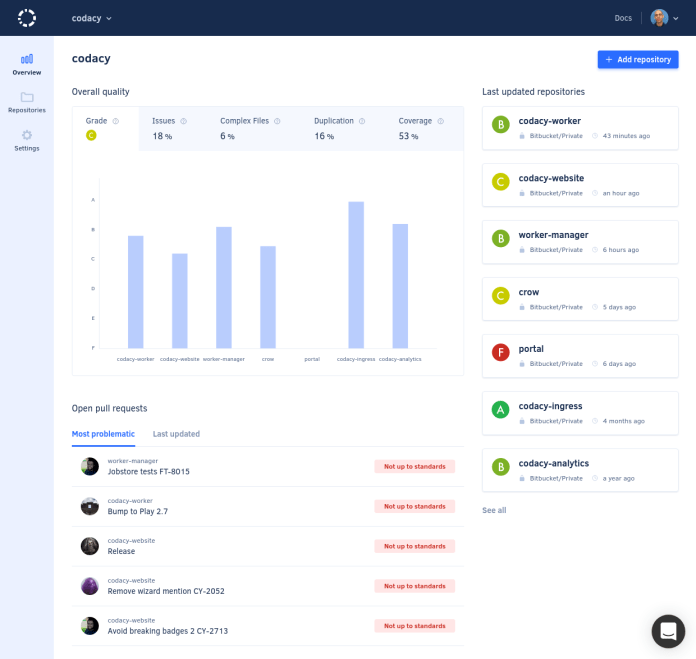
We hope this article will help you effectively onboard your organization to Codacy. If you have further questions, check out our documentation and reach out to our support team in the in-app chat.
.svg)


